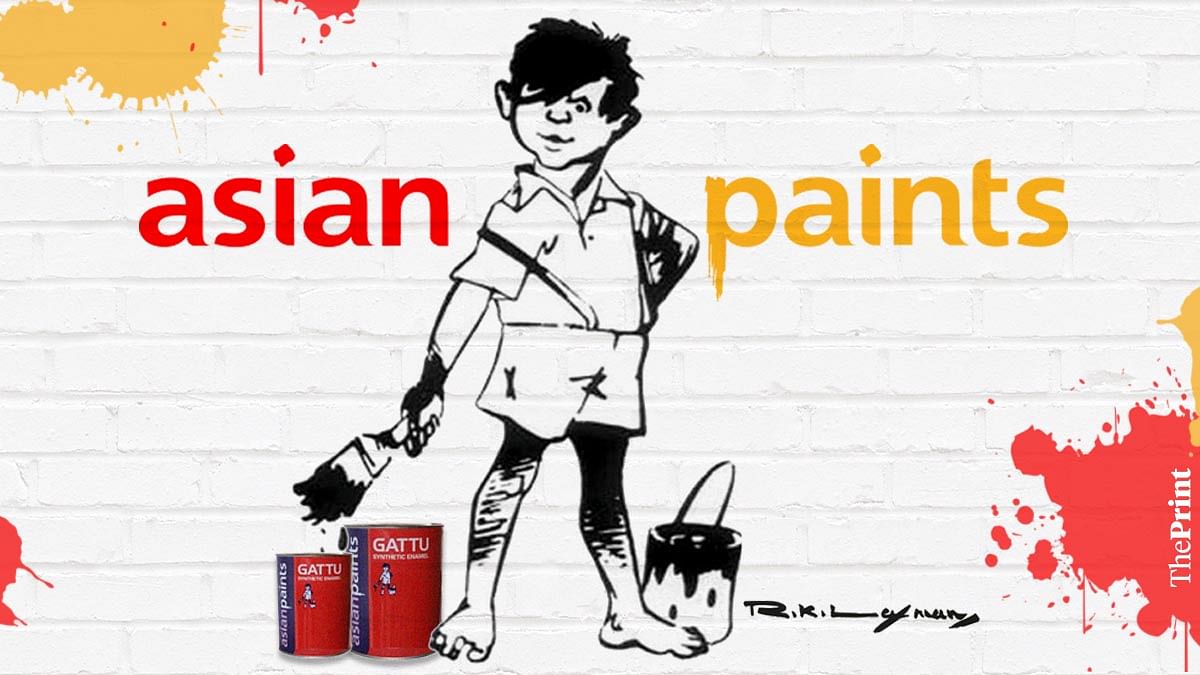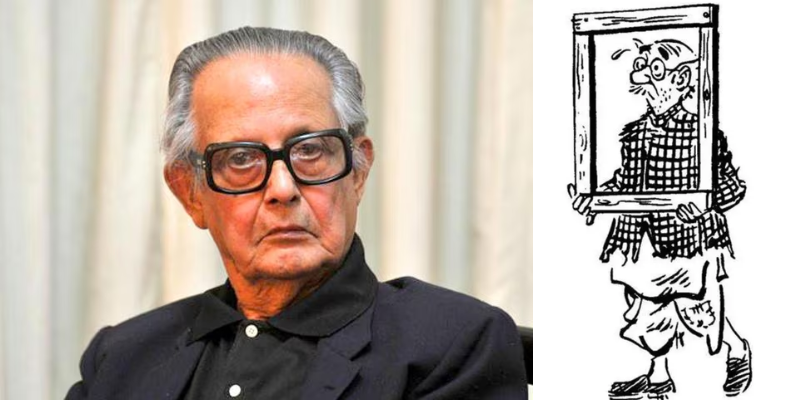I drew objects that caught my eye outside the window of my room – the dry twigs, leaves and lizard-like creatures crawling about, the servant chopping firewood and, of course, and number of crows in various postures on the rooftops of the buildings opposite
— RK Laxman
Rasipuram Krishnaswami Iyer Laxman also known as RK Laxman, was a comedian, illustrator, and cartoonist. His career as an artist started in the realm of newspapers and periodicals, and he later rose to prominence in the Indian cartooning community. Laxman was born on October 24, 1921, and died on January 26, 2015, during which he made significant contributions to the Indian comedy and satire scene.
Laxman’s foray into the realm of cartoons started quite early. Brother of the author, R.K. Narayan, Laxman started illustrating his elder brother’s writings for The Hindu. His talent was evident in these early works, which also set the stage for a career spanning more than fifty years.

His first permanent position as a political cartoonist was at Mumbai’s The Free Press Journal. Here, he developed his abilities and started to get recognition in the field of political satire. During this period, he worked alongside the well-known Indian politician and journalist Bal Thackeray.

Laxman’s employment with The Times of India, Mumbai, in 1951 marked a pivotal point in his professional life. It was the start of a journey that would make him known as one of the most important cartoonists in India. His tenure at The Times of India is credited with helping him to establish the famous character “The Common Man.” Through silently observing the subtleties of daily life and the development of democracy, this character grew to represent the voice and conscience of the average Indian. Laxman’s cartoons frequently dealt with problems of modernity and corruption, portrayed by a cast of recurrent characters that included the perceptive Common Man.

Beyond his contributions to The Times of India, Laxman’s influence extended beyond the world of political cartoons. He was the brains behind the well-known “Gattu” mascot for the Asian Paints Ltd. group, a figure that was deeply embedded in Indian popular culture. His caricatures of well-known individuals, such as David Low, T.S. Eliot, Dr. Rajkumar, Bertrand Russell, J.B. Priestly, and Graham Greene, are among his lesser-known accomplishments. His flexibility as an artist was demonstrated by these caricatures.
In addition, he started writing books, his first titled “The Hotel Riviera.” His creations also made an appearance in motion pictures, with cartoons from him appearing in the Tamil film “Kamaraj” and the Hindi film “Mr. & Mrs. ’55.” Laxman’s skits brought the renowned “Malgudi Days,” written by his brother R. K. Narayan, to life on television. Moreover, In the Konkan coast backdrop sitcom “Wagle Ki Duniya,” he had a pivotal role to perform. Viewers grew to love him because of his ability to depict the essence of daily life in drawings.

It is impossible to exaggerate the influence of R.K. Laxman on Indian humour, art, and journalism. His interpretation of “The Common Man” still reflects the hopes, sorrows, and joys of the average Indian. He became a renowned character in Indian cartooning history by using his art to both entertain and remark on the social and political environment.
Read Also:
Namboothiri: Kerala’s Master Illustrator, Cartoonist and A People’s Artist





